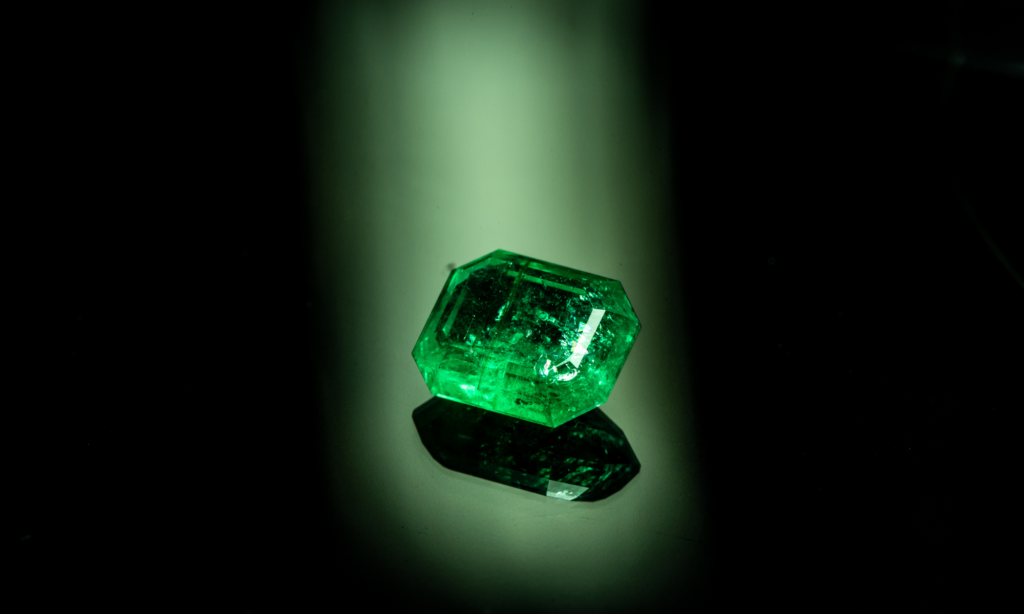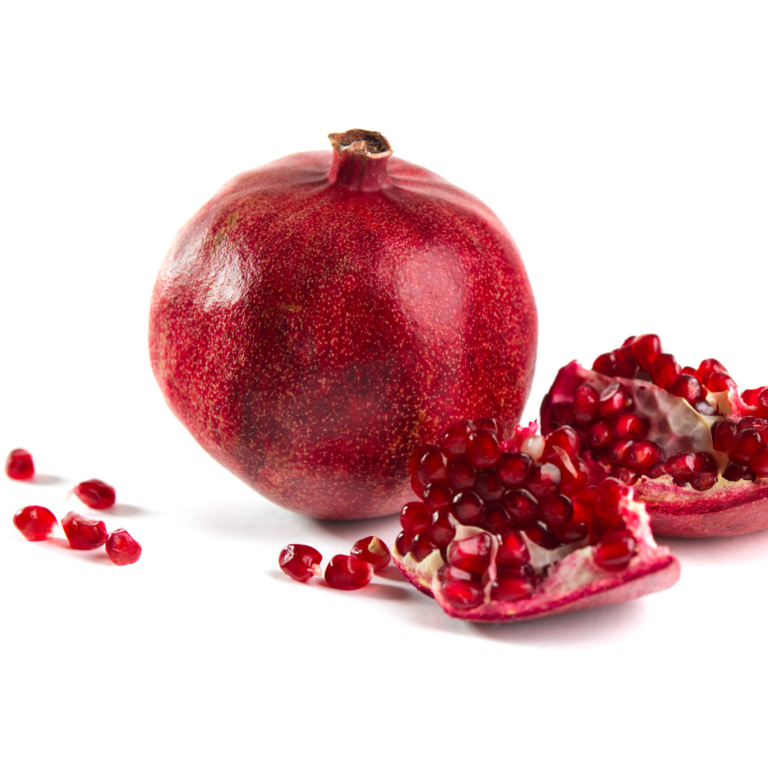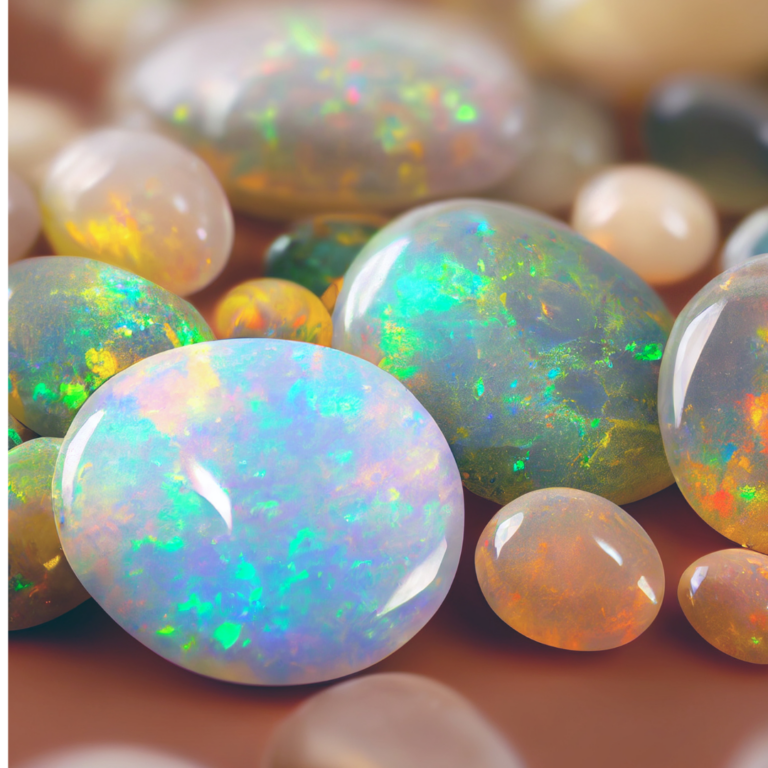May Birthstone: Discover the Beauty and Meaning
Discover the Gemstone’s Rich History and Value
May is a special month for those who cherish the beauty of gemstones, and it brings a birthstone that is nothing short of enchanting. Emerald, with its vibrant green hue, is the birthstone of May, symbolizing rebirth and love. The deep green color of emeralds is not only captivating but also steeped in rich historical significance.
Emeralds have been admired for centuries, known for their striking beauty and rarity. This gemstone has captivated many cultures and civilizations, from ancient Egyptians to the Inca civilization of South America. Whether given as a gift or worn as personal adornment, emeralds carry a charm that is universally appealing.
People value emeralds not just for their aesthetic qualities, but also for the energy and symbolism they are believed to possess. Said to bring prosperity, peace, and growth, emeralds hold a special place in the hearts of people who celebrate their birth in May. This makes the emerald more than just a precious stone; it’s a meaningful and cherished symbol for many.
Emeralds have captivated human hearts for centuries with their rich, vibrant green hues and timeless allure. These precious gemstones, steeped in history and lore, are prized not only for their dazzling beauty but also for their purported ability to imbue the wearer with wisdom and protection. The value lies in the exquisite colour and rarity of high-quality emeralds, making them a coveted choice for jewelry enthusiasts and collectors alike.

Renowned for their striking appearance, emeralds are often associated with royalty and luxury. They sparkle with an intense, deep green that can command significant value, especially when free from inclusions. Many believe these gemstones have a unique charm that invokes feelings of renewal and growth, symbolic of their verdant shade.
Aside from their aesthetic appeal, emeralds are entwined with fascinating histories and myths. From ancient civilizations to modern times, people have treasured them for their supposed powers and as symbols of status and sophistication. Whether you’re a gem enthusiast or simply curious about this mesmerizing stone, emeralds offer a wealth of stories and features that make them utterly captivating.
Emerald Origins
Emeralds have captivated humans for millennia, prized for their vivid green hue and rarity. Their creation involves complex geological processes, and they have been mined across various historical locations.
Geological Formation
Emeralds form under exceptional conditions deep within the Earth’s crust. Occurring in metamorphic rocks, they require the presence of beryllium, aluminum, and silicon alongside a precise blend of heat and pressure.
The green color of emeralds arises from trace amounts of chromium and sometimes vanadium. Hydrothermal veins often play a key role, as they facilitate the necessary chemical reactions and offer pathways for crystal growth.
Emeralds typically form in two types of geological settings: schist and pegmatite deposits. Factors like temperature, pressure, and the proper chemical environment significantly influence their formation quality and clarity.
Historical Mining Locations
The earliest known emerald mines date back to ancient Egypt, around 1500 BCE. These mines, notably in the Eastern Desert, supplied emeralds to the Pharaohs and remained active for several centuries.
Colombia is renowned for producing some of the finest emeralds in the world. The famous mines of Muzo, Chivor, and Coscuez have been sources of these gems since pre-Columbian times and continue to yield high-quality emeralds today.
Other historical locations include the Ural Mountains in Russia and the Swat Valley in Pakistan. Each region’s geological characteristics impart unique qualities to the emeralds found there, influencing their color, clarity, and value.
Attributes of Emeralds
Emeralds possess a unique charm, with their chemical makeup contributing to their vibrant color and distinct physical properties. They are prized for their rich green hues and durability, making them a sought-after gemstone.
Chemical Composition
Emeralds belong to the beryl family (Be₃Al₂SiO₆). This gemstone’s green color primarily comes from trace amounts of chromium (Cr) or vanadium (V) replacing aluminum in the crystal structure. Both elements contribute to emeralds’ vibrant shades, but chromium imparts a more intense green.
This mineral structure can sometimes include trace elements such as iron or magnesium, affecting its color and clarity. Emeralds generally form in metamorphic rocks under high temperatures and pressures, a crucial factor in their rarity and beauty.
Color Variations
The color of an emerald can range from light to deep green. The most prized emeralds exhibit a rich, lush green hue, often described as “emerald green.” Small differences in trace elements levels can result in significant variation in color intensity.
Chromium-rich emeralds typically have a vivid green tone. In contrast, those with more vanadium may appear slightly lighter and bluish. Color distribution within a single gemstone can also vary, sometimes showing zones with differing saturation.
Physical Properties
Emeralds rank 7.5 to 8 on the Mohs hardness scale, making them harder than some gemstones but softer than others like diamonds. This hardness enables emeralds to be suitable for various types of jewelry, though they require care to avoid scratches.
The gemstones often contain inclusions known as “jardin” (French for garden) that can affect clarity but also validate their authenticity. Emeralds are generally brittle due to these inclusions, requiring careful handling during cutting and setting.
Their refractive index ranges between 1.57 and 1.60, contributing to their luster and brilliance. Despite their toughness, proper cleaning and care can maintain an emerald’s beauty for generations.







